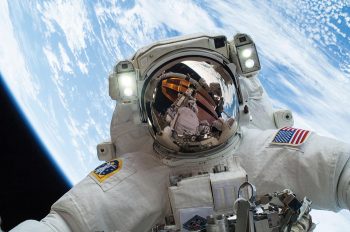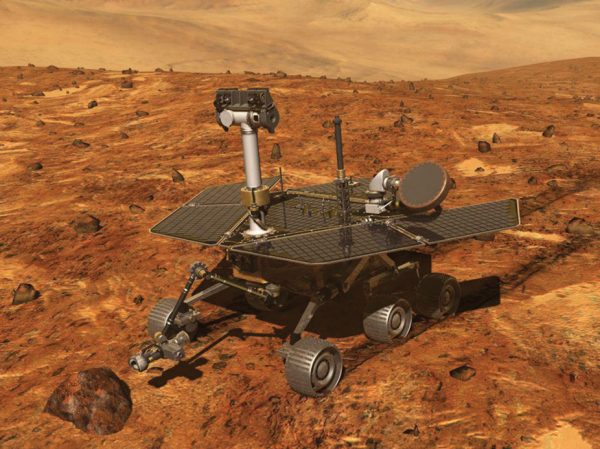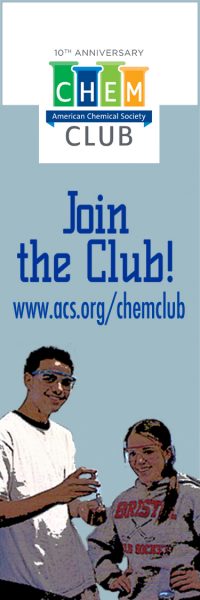Open for Discussion: The human drive to explore space
By David Warmflash October/November 2018

Spaceflight can be deadly: Is it worth the risk?
This October marks the 50th anniversary of Apollo 7, the first piloted Apollo mission during which astronauts conducted an 11-day flight in orbit around the Earth. Although that mission was successful, tragic accidents took the lives of astronauts before and afterward.
As the world continues to explore space and our place in it, some people are asking: Are the benefits of human spaceflight worth the risks?
The dangers of spaceflight
On January 27, 1967, three National Aeronautics and Space Administration (NASA) astronauts sat in their Apollo 1 spacecraft, going through a “plugs-out test,” a practice countdown. A wire sparked, causing a massive fire. The astronauts perished. An investigation revealed that the devastating accident resulted from a variety of factors including unsafe wiring, combustible materials in the cabin, and a cabin atmosphere consisting of 100% oxygen (O2) at 110 kilopascals—five times the normal partial pressure of O2 at sea level. Under such high O2 pressure, almost everything burns, even aluminum.
The Project Apollo program went through an overhaul that resulted in radically restructured management and oversight. The next version of the spacecraft had fireproof materials, and all wires were properly enclosed. Nitrogen (N2) was added to the cabin’s atmosphere during the high-pressure period before liftoff. All of this made the Apollo program much safer, ultimately enabling 12 astronauts to walk on the moon. But tragedy struck again when 14 lives were lost during the launch and re-entry of the Challenger and Columbia space shuttles in 1986 and 2003, respectively.

Robots, rovers, and rockets
Many unpiloted vehicles have flown throughout the solar system with phenomenal results. Soviet space probes landed on the surface of Venus in the 1970s and 1980s, and survived crushing pressures and oven-scale temperatures long enough to transmit information about the planet. NASA’s Cassini probe, which orbited Saturn from 2004 to 2017, identified the icy moon Enceladus as possibly one of the best places to look for extraterrestrial life. New robot probes are being designed to survive on Venus for hours or even longer.
The human factor
One argument against ending human spaceflight is that astronauts can make judgment calls that robots cannot. Human lunar exploration in the 1970s has been hailed as one of NASA’s greatest accomplishments. Thanks to intensive training, two of the astronauts during this period had the equivalent of master’s degrees in geology. One had a doctorate in geology. This expertise paid off as the lunar crews made on-the-spot decisions about experiments and the selection of moon samples.
It may take a long time for artificial intelligence to approach the sophistication of the human brain.
In the meantime, how should space exploration proceed—with astronauts, robots, or both?

What started out as a chemistry experiment to satisfy his curiosity unexpectedly transformed into his artistic medium.


